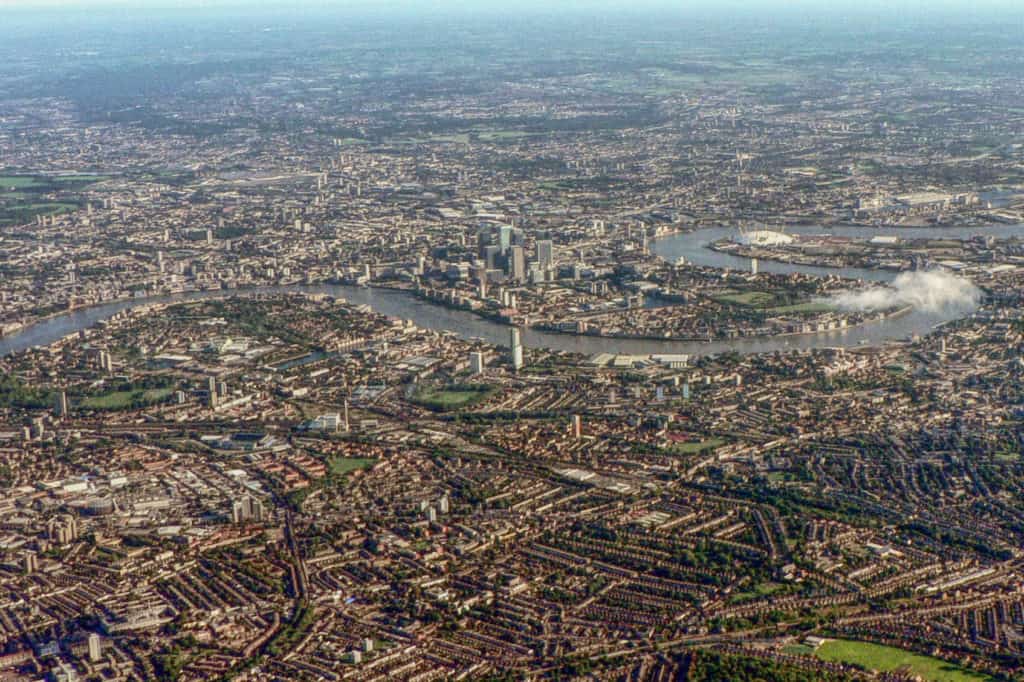BLOG
INTERESTING STUFF
THAT CAUGHT OUR EYE
Ask an Architect: What is Community Infrastructure Levy?

Dream homes rarely come cheap, especially when costs seem to sneak up on you. Most of our clients are well prepared for tangible expenditures like materials, contractors and consultants but often forget the regulatory charges that can make or break a build.
Over the next two weeks, I’ll be covering two of the most potentially costly charges that our clients worry about: Community Infrastructure Levy and Affordable Housing Contributions. Today, let’s talk about the first one.
The Community Infrastructure Levy is a flat fee per square metre charged to developments with a floor area over 100 square metres, regardless of whether it’s a new build or an extension. CIL is used, as the name suggests, to fund local infrastructure such as roads, schools and hospitals and needs to be paid before construction starts.
The rate of the CIL is set by your local authority, depending on their needs. If you’re developing in the London boroughs, there’s an additional Mayoral CIL that came into effect in April 2013 to fund the Crossrail, which comes in at a relatively low £35 to £50 per square metre. In the most sought after boroughs, the CIL charge per square metre reaches hundreds of pounds.
As you can imagine, tallying the CIL charges on top of your other development costs can push your plans outside of your budget. Luckily, with a little help from your architect, it’s possible to have the entire fee waived under certain circumstances.
The CIL was originally intended to charge developers who were building for profit rather than home owners in need of more space. Unfortunately, the wording of the final legislation caught out many private developers as well. Under mounting pressure, exemptions were recently introduced to allow self builders to avoid the fee altogether.
Of course, there are some stipulations. Evidence must be provided that the site is the primary residence of the developer and will continue to be for at least three years after build completion. If the dwelling is leased or sold in that period, the CIL charge will have to be paid in full.
You’ll also have to pay the full charge if you start work without your exemption being approved. It’s essential you submit correct and complete level of information, usually requiring advice from an architect with extensive knowledge of the local authority’s demands and experience in achieving successful exemptions.
Since the exemption was introduced, we’ve helped numerous clients avoid hundreds of thousands of pounds in CIL charges, including developments far exceeding 100 square metres in strictly regulated, expensive boroughs such as Kensington and Chelsea. We’re happy to see work starting on sites right now that would have never seen the light of day prior to CIL exemption.
And it’s not the end of the world if you do plan on leasing or selling your property. By splitting the development into multiple applications, private developers can reduce or avoid CIL charges even if it won’t be their primary residence for the required period.
For example, if you’re planning on building a 40 square metre loft extension and an 80 square metre basement, by submitting the planning applications separately you may not have to pay the CIL charges, even if the dwelling’s floor space ultimately increases over 100 square metres.
It requires an architect intimately familiar with local regulations and trusted by the planning department to be able to mitigate CIL in this fashion, so be judicious when you choose your architect and you could cut hundreds of thousands from your bill.
If you have any questions of your own, send them to enquiries@dyergrimesarchitects.com with the title “Ask an Architect” and they could be featured right here in our blog. Join us next week for a breakdown of Affordable Housing Contributions.
By Oliver Brown

